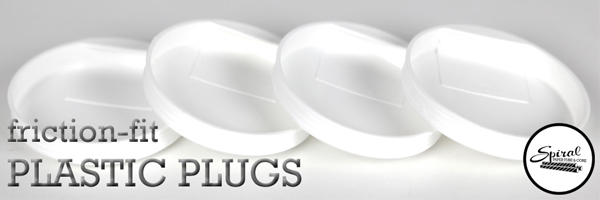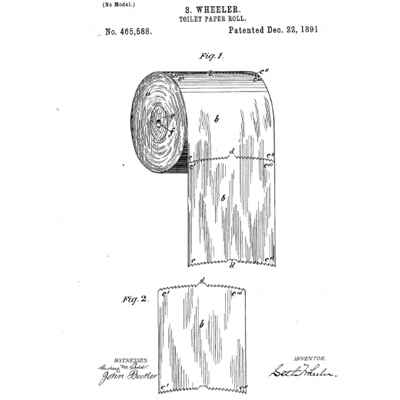
Do you remember the first time you learned about Pi and 3.14159….
Although I spent a lot of time learning things I never use in my adult day-to-day life, 5th grade math and Pi (3.14) are certainly not one of them.
My math teacher was strict and if we did not memorize our math formulas, we were in trouble. At an early age, I knew the formulas for area, circumference, volume. To find the circumference of something round, you multiply Pi (3.14) time the diameter.
If the outside diameter of a poster tube is 3″, then you’d multiply 3″ times 3.14 to get the circumference.
3″ (diameter) x 3.14 (Pi) = 9.42″ (circumference)
Every day I show up for work, I’m grateful I paid attention the day we learned about Pi.



